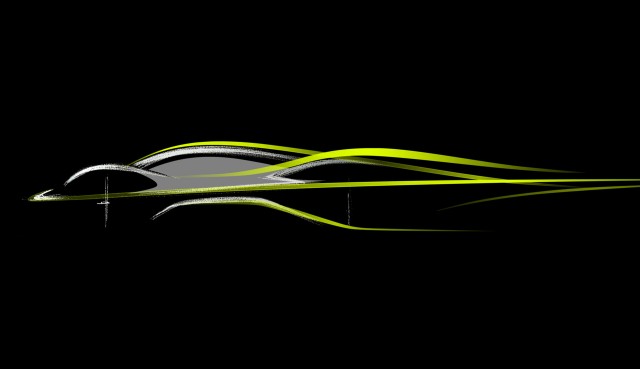Interesting discussion. I take the point about how much money Aston will earn, and therefore what is available for development, however, your maths ignore the fact that far fewer cars need to be made. This can change a number of things. Of course, the amount of raw materials required, but also the manufacturing and supplier techniques needed (conformity of production is a very key issue for manufacturers and the higher the production level the harder, and more expensive, this is). Therefore, I suspect, for the sake of argument, that Aston will not really be 'money' restricted, especially since they have a technology transfer deal with AMG and they can charge almost what they like with such a small production run.
Yours are good points.
I think on this forum, perhaps two months ago, someone with more knowledge than I said that for McLaren the marginal cost of building a P1 was, IIRC, 25-30% of the total cost ascribed to each car (the remainder being allocated fixed costs and profit). Whatever the % is, it's going to vary: having gone down the learning curve, the time required to build the last one would have been quite a bit less than the time required to build the first one.
Putting to one side the learning curve effect, I should think that the cost of parts and assembly per unit would have to be higher for the mooted AM/Newey machine than they were for the P1. If they are going to charge more than double the price of a P1, the build quality should be presumed to be somewhat better. The P1's build quality is quite good, but it is not perfect. Also, there is quite a bit of commonality with other McLarens, which I don't think AM could get away with on the Newey car - even if they could do it technically, I think marketing reasons would make it infeasible.
The standout feature of a Veyron is not its top speed, nor its technology. The standout feature is its build quality, which is stunning. Like the car or not, the Veyron looks like it is worth the money. AM is proposing a car that would cost more than twice what a Veyron cost; for that money, it is going to have to be bloody well made, and that level of craftsmanship is expensive to achieve.
AM is going to have to start from scratch for a chassis. Okay, Newey can design a chassis in his sleep, but getting one that works as a road car, both technically (weather seals, visibility, ingress/egress, HVAC) and sufficient for all the regulatory approvals they would need will be a different matter entirely. Gordon Murray, like Newey, had never designed a road car before the F1, but during that process he learned to his frustration that it's not as easy as it looks.
My guess is that designing the chassis will be a very extensive and expensive project - again, if one assumes that this is going to be a genuine road car available for sale in the major markets around the world, not a BAC Mono- or Radical-type thing. They are both fine cars, but not true road cars.
Drivetrain? Do Mercedes currently do anything that might suit? Maybe they could detune an F1 engine, or use a variant of their DTM V8, although either would be insufficient without supplementation.
What is an acceptable service interval for the drivetrain internals on a road car? I'm not sure what it is, but it's not something ridiculous such as 1-2,000 mi. I would have thought 10,000 mi as an absolute minimum.
I think it would be great if AM/Newey could come up with a genuine successor to the McLaren F1, which really was a road car. I am just sceptical that they can manage that, especially if Aston will be funding it on its own. With a subsidy, such as what VW gave to the Veyron or McLaren Formula One gave to the F1, it might be possible.
![Image]()










